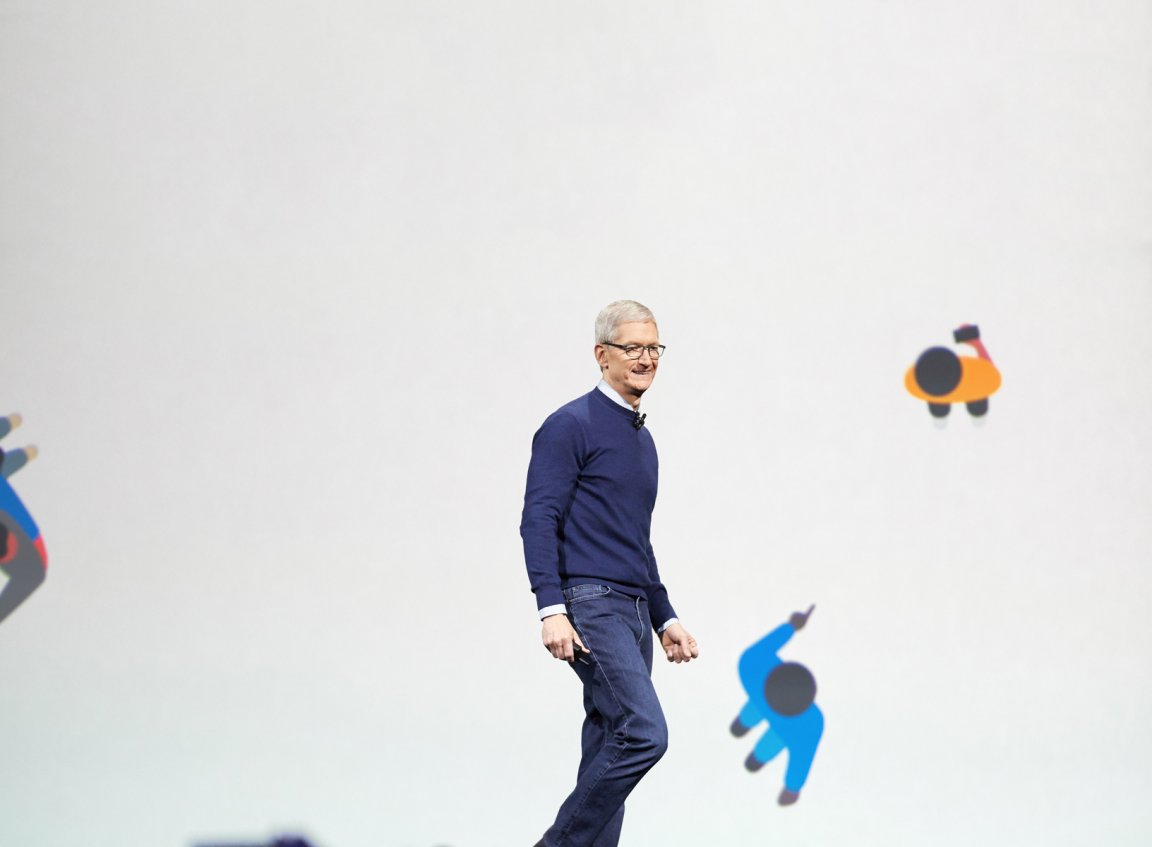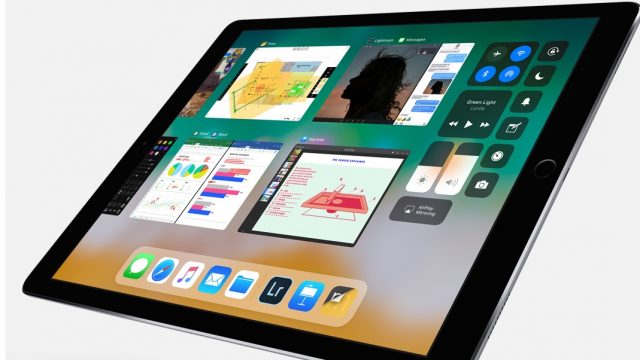
Vision of the Future
Apple revealed its 10-year plan for the future this week.
If you don’t remember that slide from the hours of presentations Apple executives made onstage during the company’s developer conference on Monday, you’re not alone.
Apple didn’t explicitly call it a 10-year plan. And the company was very subtle about how it showed this road map.
But look closely, and it’s easy to see.
Instead of introducing flashy new products that will change your life today, this year’s WWDC conference was all about putting the pieces in place for what comes next.
It’s a Trojan-horse strategy — sneak the seeds for the next breed of technology products into the stuff that we’re already using.
A new augmented reality platform, virtual reality development tools, the HomePod speaker, and improvements to iOS 11 on the iPad may not feel revolutionary or even particularly useful right now, but they are the building blocks for the technologies Apple is betting will power our future.
Let’s break it down:
Augmented Reality

Ask most tech companies which product will replace the smartphone and the answer will probably revolve around a wearable device for “augmented reality,” the tech that overlays digital images on the real world.
Microsoft has the HoloLens headset. Google has Project Tango for Android devices and, one day, headgear like Google Glass. Facebook announced its AR ambitions a few months ago, and Mark Zuckerberg even said AR glasses would replace the need for most screens in your life one day.
Apple’s approach is different.
There weren’t any AR goggle demos or TED-talk-esque prophecies about how a pair of glasses will soon be the only computer you need. Instead, Apple is starting with something already very familiar: the iPhone and a new way for developers to build AR apps for the phone. When iOS 11 becomes available on tens of millions of Apple devices this fall, Apple will immediately have the largest AR platform. Even better, it’ll be on the devices that people already use — not futuristic glasses or headsets. Apple will get a major advantage over its AR competitors with one simple software update.
That won’t be a game changer right away of course, and it certainly won’t deliver the kind of jaw-dropping experience being developed by companies like Magic Leap. AR-enabled iPhones will mostly mean some cool games and entertainment apps at first. Pikachu will look more realistic in “Pokémon Go.” You’ll be able to build virtual Lego models on your coffee table. The rainbow puke in your Snapchat selfies will look even better.
But AR on the iPhone sets Apple up for the long run by building a base of developers already dedicated to the platform who want to make stuff for the largest number of users they can. If and when Apple decides to take AR to the next level with a pair of smart glasses or something else, it’ll be in a better position than companies trying to win over developers.
Virtual Reality
Apple has been hesitant to get involved with virtual reality, even as the rest of the tech industry seemed to be hyperventilating over its prospects. But now the time feels right for Apple, and it’s offering a new set of tools in the coming macOS Sierra software that it says will let developers connect VR headsets and create 3D and VR content.
This isn’t about attracting gamers and VR enthusiasts to the Mac. This is about making sure Apple’s most dedicated class of users has the tools it needs to create the content of the future. Apple has historically been the platform of choice for digital artists, filmmakers, and other professionals, and adding VR development tools will make sure those users have what they need and don’t abandon Apple.
HomePod and Ambient Computing
HomePod, the new Amazon Echo competitor, is Apple’s biggest new Trojan horse of all.
Even though Apple focused on HomePod’s music capabilities and pitched it as a new kind of home stereo, it undersold the rest of the real potential. HomePod is also Apple putting Siri in your home in a new way and making a long-term play for the concept of ambient computing, in which everything you own is connected and powered by an underlying artificial intelligence.
HomePod is a way to put Siri everywhere else when you’re not looking at your iPhone, typing on your Mac, listening to your AirPods, or tracking your workout on your Apple Watch. HomePod is Apple creeping into the rest of your life under the guise of a really nice Wi-Fi stereo. Apple may be focusing on music now with HomePod, but it’s also sneaking in a lot of Amazon Echo-like features like controlling your connected appliances and getting updates from Siri.
That said, it’s pretty clear why Apple would want to bury the AI features of HomePod. Pitching it as a digital assistant instead of a music player will only open up Apple to more criticism about how it is falling behind in AI compared with Google and Amazon. Apple’s Siri is still much less capable as a virtual assistant than the offerings from Amazon and Google, and Apple has a lot more work to do to catch up. But there’s no question that AI is a big area of investment for Apple, and HomePod will play an important role in this strategy as Apple makes progress.
iOS 11 on iPad

The biggest news with iOS 11 wasn’t on the iPhone. It was on the iPad.
Apple has finally started making improvements to the software that help turn the iPad into the laptop replacement the company has been promising for years. There’s a new file-storage system, an app dock similar to the one on Mac, the ability to drag and drop content in between apps, and apps that float in separate windows. The iPad is starting to feel less like a giant iPhone and more like a touch-screen Mac.
There’s still a lot of work to do. The iPad Pro’s keyboard isn’t as good as the one on a normal laptop, and it’s now up to developers to build compelling apps that take advantage of all the new iOS 11 features and give people a better reason to ditch their laptop for an iPad. The new 10.5-inch iPad is a small move in the right direction because its larger size allows for a full-size keyboard, but it’s still not enough.
But Apple is inching closer toward its ultimate goal of creating a super thin and portable laptop replacement, and iOS 11 feels like a huge milestone.
What’s Next
A lot of this stuff may not work out. We’re in a period of relatively flat innovation across most of the tech industry, where new gizmos improve only incrementally each year. It’s impossible to tell which wild idea will actually end up taking off and which will fizzle. (Two years ago everyone thought smartwatches were going to revolutionize the tech industry, after all. Now that’s barely part of the conversation.)
In some sense, Apple’s latest batch of WWDC announcements feels underwhelming, as if Apple is dabbling in various areas rather than making a bold move in any one direction. But the company’s vision for the future is already being etched into its products. Just look closely; it’s right in front of you.